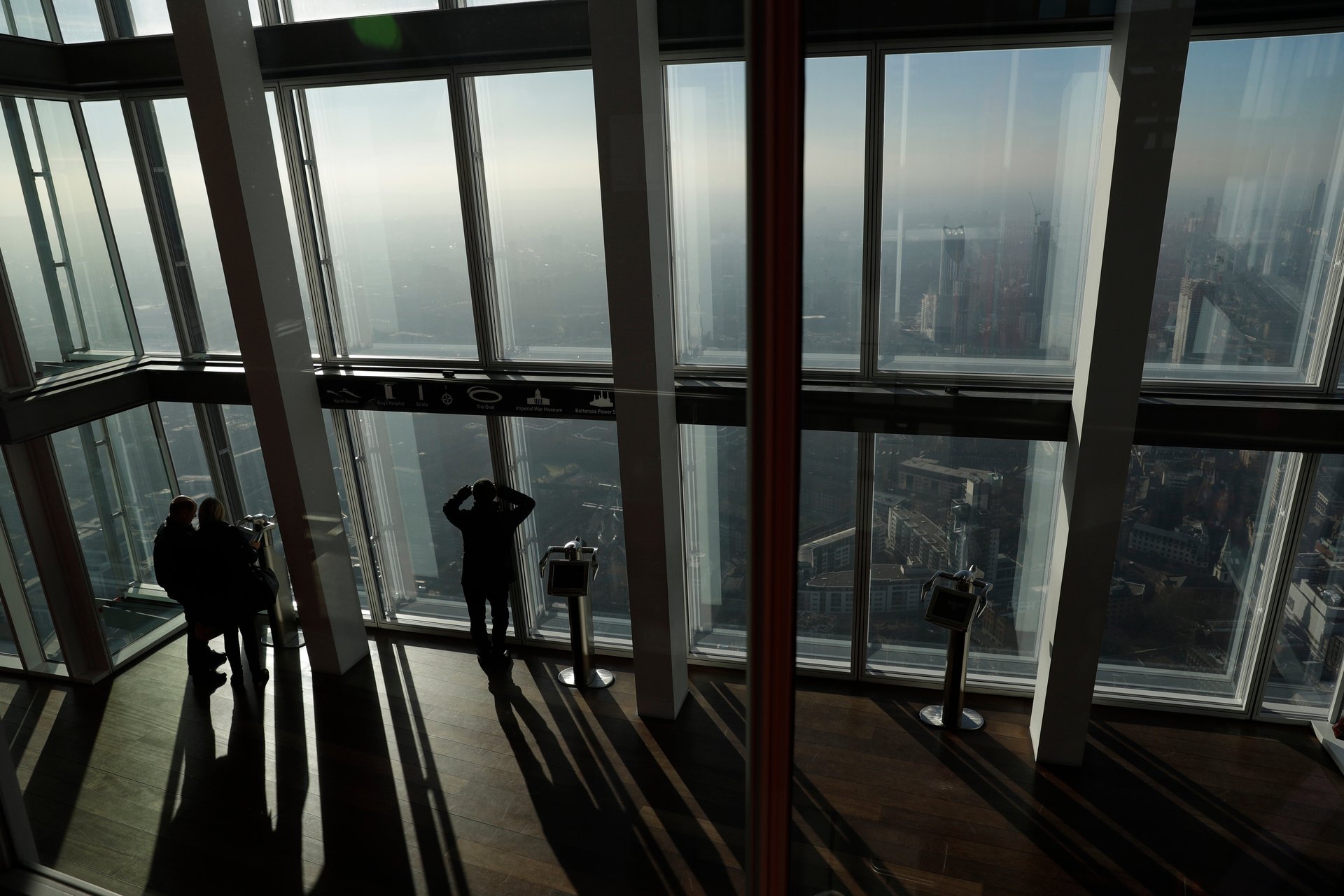The newest ailment to worry about at the office? Motion sickness
Some people head into work with every intention of having a productive day, only to find themselves sleepy and unable to focus. They sense their motivation draining away, as a brief existential crisis clobbers them with feelings of self-pity and regret. All that planned productivity grinds to an unavoidable halt.


Some people head into work with every intention of having a productive day, only to find themselves sleepy and unable to focus. They sense their motivation draining away, as a brief existential crisis clobbers them with feelings of self-pity and regret. All that planned productivity grinds to an unavoidable halt.
No, this isn’t just a case of the Mondays. Nor is it just work stress, a spreadsheet migraine, or general frustration with the human condition. Studies have shown that one cause of vague drowsiness, low mood, and stymied concentration is spending time in a constantly moving building… i.e. pretty much any office tower.
Some of the world’s tallest buildings sway back and forth over three feet, which can be less than fun for the employees inside them. People who work near the top of tall buildings have reported problems with nausea, headaches, or even anxiety and fear (especially on windy days), according to Antony Darby, a professor of engineering at the University of Bath who is directing a study of the phenomenon. As Darby told the Canadian Broadcasting Corporation, it’s the high-frequency vibrations of tall, swaying buildings, not the amplitude, that can trigger an arousal response in our finely tuned animal brains. “As humans we’re programmed to register those as some sort of impending threat, from a predator, or the approach of a storm, or an earthquake,” he says.
Feeling relieved about your fifth-floor cubicle? Not so fast. People who occupy medium- or low-rise buildings aren’t in the clear either. Even low-frequency vibrations—those below 1 Hz (or one cycle per second) caused by wind or traffic—can, over time, lead to something called Sopite syndrome, a mild form of motion sickness characterized by dizziness, feelings of depression, decreased motivation, and fatigue. No matter what floor your office occupies, the barely perceptible, continuous movement of buildings can actually suppress our psychological and physiological arousal, says Darby. (This, incidentally, is why babies can be soothed with gentle rocking.)
Darby, along with a group of engineers, medical researchers, physiologists, and psychologists from Exeter and the University of Bath, is now studying how much vibration people can can tolerate. Using a virtual simulator, their experiments play with motion, room temperature, scent and noise, each of which plays into Sopite syndrome and motion sickness. The VR technology will allow them to test their theories in wobbly hospitals, hotel rooms, and offices, and will hopefully lead to clearer guidelines for engineers.
“Humans spend 90% of their lives in buildings which vibrate non-stop, but there is still very little reliable information about the effect of structural vibration,” Alex Pavic, professor of vibration engineering at the University of Exeter, said in a press release announcing the $8 million, five-year study.
That kind of information might have helped in 2011, when a 39-story building in Korea was evacuated over inaccurate earthquake fears (the vibrations turned out to be the result of a Tae Bo class on the 12th floor). But it will also help in the future, as office towers and condominiums continue to get taller. Already, the first building to break the one-kilometer (0.6 mile) mark is under construction in Saudi Arabia. Someone will have to man that observation deck.